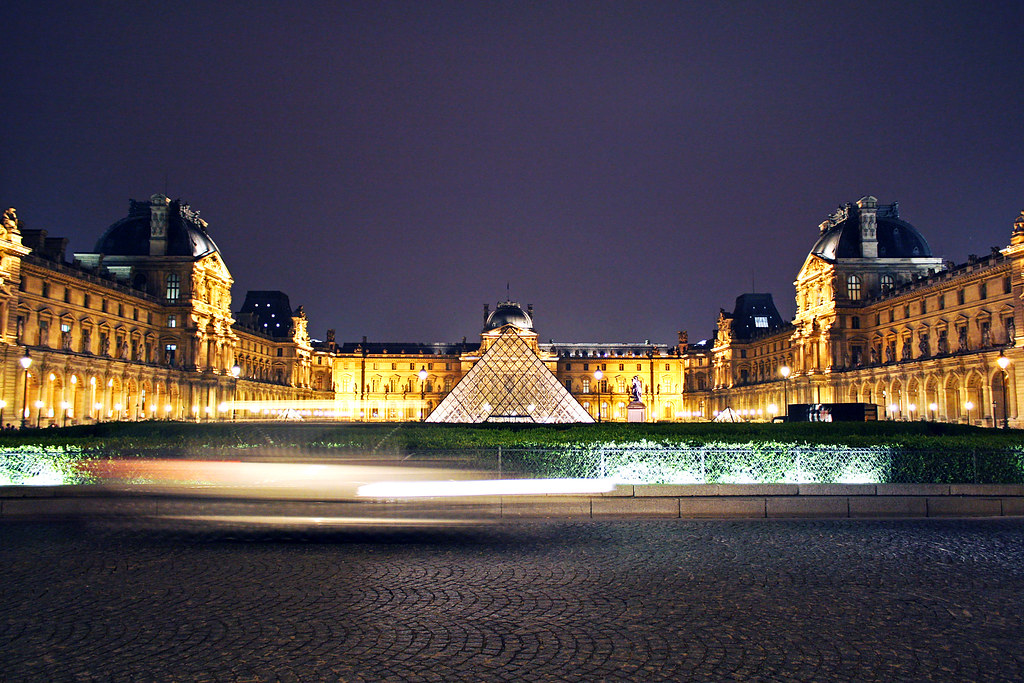5 Things Everyone Gets Wrong About Weather In Paris In September
Every Paris travel guide appears to have something to include to the currently abundant details readily available on such popular spots as the Louvre and Orsay museums, Notre Dame Cathedral, and the Eiffel Tower.
Exactly what about discovering the what to see in paris quaint neighborhoods of the 19th century Paris? Or taking photos of the inn developed for the paupers by Nicholas Flamel in the 15th century (yes, that's the very same Nicholas Flamel discussed in Harry Potter)?
In my reckoning, there's a genuinely interesting method of discovering Paris, which's to take the less traveled course. The one I take with my friends when we check out the French capital.
So, let's presume you are as eager as we are to find out something new about Paris, and let's take a peek at just two of its less-well-known jewels. The next time you take the trip to Paris, you'll be the one leading the method!
The Lutece Arena, a return into time
Prior to Paris ended up being Paris, the city was the capital of the area inhabited by the Parisii, the Gallic tribe after which Paris will take its name in the Fourth century A.D. There is some debate about the initial Celtic name of the city, however when the Romans invaded it in 52 B.C. under Emperor Julius Caesar, they called it Lutecia (or Lutetia).
In the 2nd century A.D., the Romans integrated in its middle an amphitheater of about 25,000 square feet, which might hold about 16,000 spectators. Throughout the next century, gladiator battles and other less palatable video games (e.g. using early Christians for lunch to monsters of victim) were held for the benefit of the local Roman population.
With the fall of the Roman Empire, such games ended up being much less popular, and as Christianity became the State religious beliefs, man-eating events ceased to be held altogether.
The arena was demolished during the barbarian invasions of 280 A.D., and the website later became a cemetery. In the late 12th century, the ruins were buried under a big rampart built to protect Paris. They stayed forgotten until 1869 when they were discovered to the best surprise of all historians.
At the time, the City board decided Paris did not have the funds required to excavate and protect the antique discovery, and the development task which had removed the ruins was green-lighted.
Later, in 1883, the site was bought and restored under the guidance of French author Victor Hugo (author of 'Les Miserables'). A further rehabilitation project began in 1916 which discovered the site totally. Vicious efforts at taking control of the website and damaging it by unashamed, greedy, low-life real-estate designers were warded off by the local dwellers in 1980.
How do you get to see this beautiful place which, to this day, still remains 'stealthy'?
Orient yourself on a map, take the train to the 'Monge' station, and walk to No. 47 Rue Monge. Get in the corridor, walk along the corridor and there you are! Right on the sandy ground of agreekadventure.com/paris-itinerary-5-days-blow-your-mind the arena where ghosts of ferocious lions still stroll in search for a human prey!
A guaranteed, fantastic leap in the past, just except 2,000 years ago!
The Botanical Gardens and their Alpine Garden
Now on to another amazing curiosity which is sure to tickle the interest of our plant-loving pals.

In 1640 A.D., under the reign of King Louis the 14th (the exact same king who commanded the development of the Versailles Palace), the Royal Garden of Medicinal Herbs opened its doors 'to the public and trainees'. The project had actually been green-lighted in 1626 by King Louis the 13th.
The Jardin des Plantes (Botanical Gardens), as it has actually been called since the Reign of terror, is actually a collection of specific gardens-- each with a peculiar charm and specific plants. It houses numerous old structures, consisting of the Botanical School and the Magny Estate (constructed in 1650). The Botanical Gardens are a big website with a total area of about 2,600,000 square feet.
Each of the private gardens is unique and deserves your attention for each one is the home of specific species of flowers, veggies, trees, and medical plants. On the Botanical School's plot alone some 4,500 plants are grown. The Rose Garden (La Roseraie) counts some 170 species of roses!

Amongst these charms, the Alpine Garden sticks out. Between the Otter Basin and the Cuvier street (Cuvier was a well-known French botanist), a 40,000 square foot parcel was delineated in 1931 for the growing of a diversity of mountain plant species.
Today, the gardeners of the Alpine Garden tend to the health of plants originating from locations as diverse as the United States, China, Japan, the Balkans, Morocco, the Caucasian mountains, Spain, and the Himalaya Mountains! An overall of some 2,000 species to take care of.
Amongst the hallmarks of the Alpine Garden is its 18th century Pistachio tree. The Botanical Gardens house several historical trees: the oldest one was straight imported from the Eastern United States and planted here in 1636 (an acacia). Among other ancient trees, you can also appreciate a Lebanese cedar, which was brought back to France in 1734.
A see to the Botanical Gardens and its Alpine Gardens is a whole afternoon affair. 10 minutes into the place and its tranquility will make you unconcerned of the hustle-bustle of the city. You will come out of your walk absolutely ravished, marveling at the job the garden agreekadventure.com/europe/france enthusiasts do to maintain this privileged environment in full blossom.